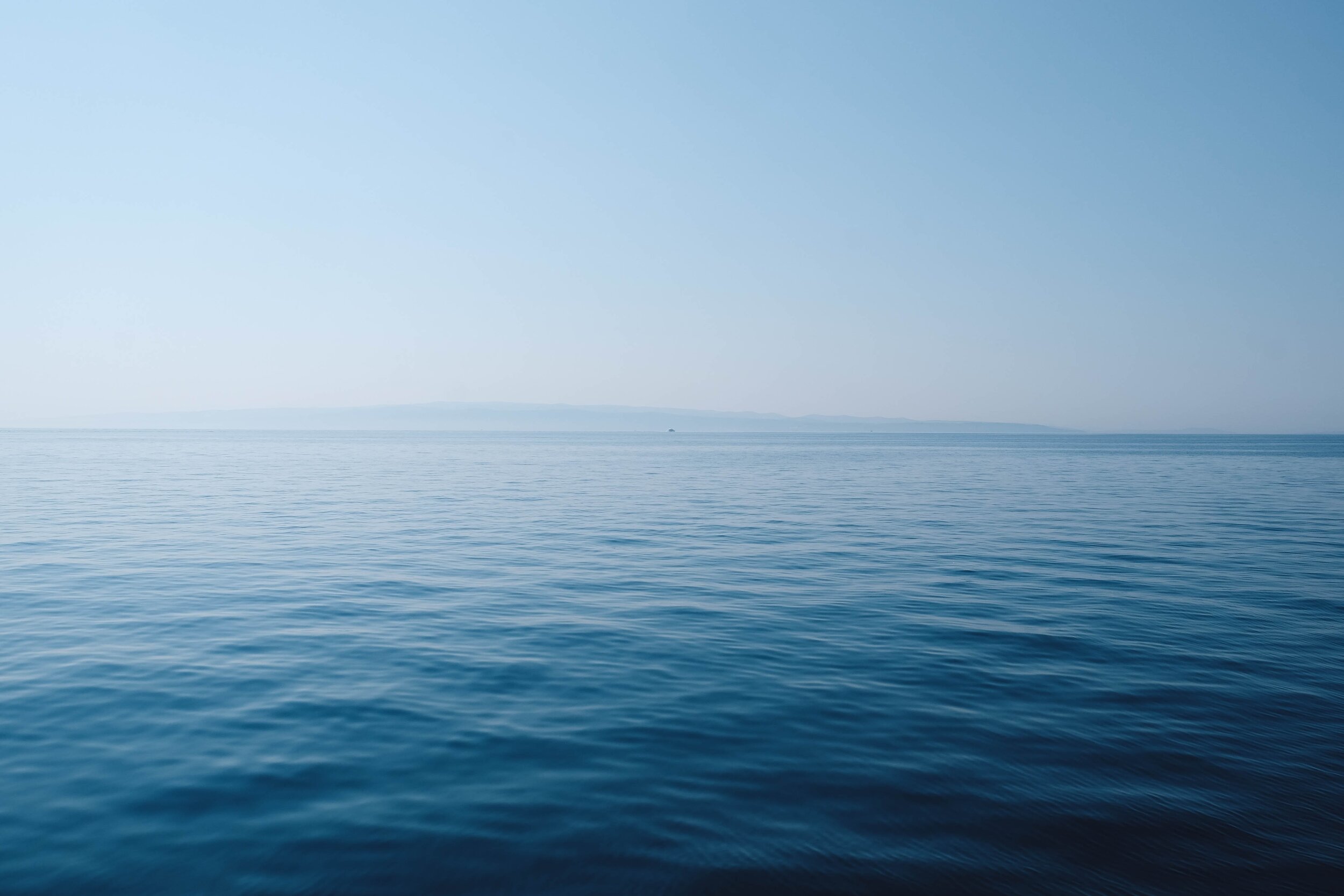
Why choose us?
We are different!
Perfectly Processed
There are three processing methods used for processing Crab which include the Catcher Processor (CP), floating processor and shore plants. CP’s are vessels that harvest, cook, freeze and pack on board. Floating processors are barges that follow fisheries and process on board. Our shore-based plant in Dutch Harbor, Alaska allows us access to unlimited fresh water, which we use in three separate tanks on our crab line. In the first two examples, seawater is the primary component of the processing line and usually the sole water used in cooking and chilling of the crab.
In both of these instances, the lack of available space inhibits the massive amount of refrigeration needed to properly pre-chill and freeze the product.
Genuine Alaska Red King Crab
Red King Crab is harvested in three primary areas, Alaska, Russia and Norway. Russia is by far the largest supplier of Red King Crab to the US market. In addition there are three species of King Crab which include Red, Blue and Golden. Red is the premier specie of the three, and the Alaska Red King Crab is the Rolls Royce of the industry. Since Red King Crab is a cooked product, it does not fall under the COOL law dictating country of origin. This in and of itself affords the opportunity for domestic packers to blend species and Crab from various origins in a box that says “Packed in USA”, it doesn’t say “Product of USA” or “Product of Alaska”.
Why Clusters
When the whole live crab is butchered, the carapace is removed and crab is split in half. Each half has a claw and three legs attached to the shoulder/knuckle, which is a cluster. So one crab produces two clusters. The most common product form of Red King Crab sold in the US market is single leg and claw. In this pack, the industry standard is 10 percent broken or Shake. This practice has several economic and quality-diminishing consequences associated with it. First, the net usable yield of the pack is conservatively 10 percent less than the gross weight.
Secondly, this affords the packer the opportunity to blend species of Crab and different origins to meet the desired price point of the customer. Blend Blue with Red, and the packer cuts its cost by 30-50 percent. If they throw in a bunch of feeder claws it cuts the costs even further. A Red King Crab has six legs and two claws. Therefore, for every six legs there should be two claws – one feeder claw and one crusher claw. Rarely will you see a crusher claw in a leg and claw pack as packers cherry pick them out to sell as a separate item.
THERE IS NO BROKEN CRAB PACKED IN OUR BOX. Additionally, the harvesting vessel, processing day and time are stamped on every box of our Crab, thus ensuring 100 percent product traceability.
The only sustainable red king crab fishery in the world
This precious Alaskan resource is strictly monitored by the Alaska Department of Fish and Game (ADF&G) using a sustainable-yield principle. The Crab Broker follows their sustainability requirements throughout the entire process from its on shore-base plant in Dutch Harbor.
“Fish, forests, wildlife, grasslands and all other replenishable resources belonging to the State shall be utilized, developed and maintained on the sustainable yield principle.”
Alaska State Constitution Article 8. January 3, 1959.
1
ADF&G never allows more then 15 percent of the legal size male crab in the biomass to be harvested. Not 15 percent of the male crab and not 15 percent of the entire biomass, but 15 percent of the LEGAL SIZED MALE crab.
2
ADF&G also requires that one panel of mesh on every crab pot be tied with biodegradable twine so that in the event the pot is lost while crabbing the twine will rot, the panel will drop and all of the Crab will walk out unharmed.
3
Alaska is exclusively a male only crab fishery with a minimum 6.5” carapace measurement. Any crab that measures less than 6.5” must be returned to the sea. This measurement requirement ensures that the Crab has spawned at least two times since reaching sexual maturity.
4
It is illegal to retain a juvenile or female Crab in Alaska.
Russian fisheries use fishing gear with mesh sizes smaller than legal Snow Crab mesh in Alaska to intentionally retain every single crab regardless of sex and size. Small mesh insures that small crab cannot escape the pot. In Norway, the law requires that EVERY crab harvested must be retained regardless of sex and size.
Numbers Don't Lie!
Are You Actually Getting Alaska Red King Crab?Consumption of King Crab in the USA exceeds 40 million pounds per year of finished product. In the past ten years, the quota for Alaska Red King Crab has averaged 14.5 million pounds of LIVE crab. In the past three years it has averaged 8 million pounds. If every single pound was processed into clusters with an estimated recovery percentage of 64 percent (from live crab to frozen cooked clusters), the total pounds of clusters would be 5.1 million. Japan - the biggest customer for Alaska Red King Crab - bought approximately 3.3 million pounds (65 percent of the total 5.1 million pounds processed).
This leaves a balance of 1.8 million pounds for the rest of the world, not just the U.S. market. Subtract an additional 500,000 pounds that The Crab Broker purchased and the total is reduced to 1.3 million pounds. With yearly U.S. consumption of 40 million pounds that means that Alaska Red King Crab is supplying less than 4 percent of U.S. usage. Pretty amazing that the majority of Crab supplied to the U.S. is substandard offshore product.




